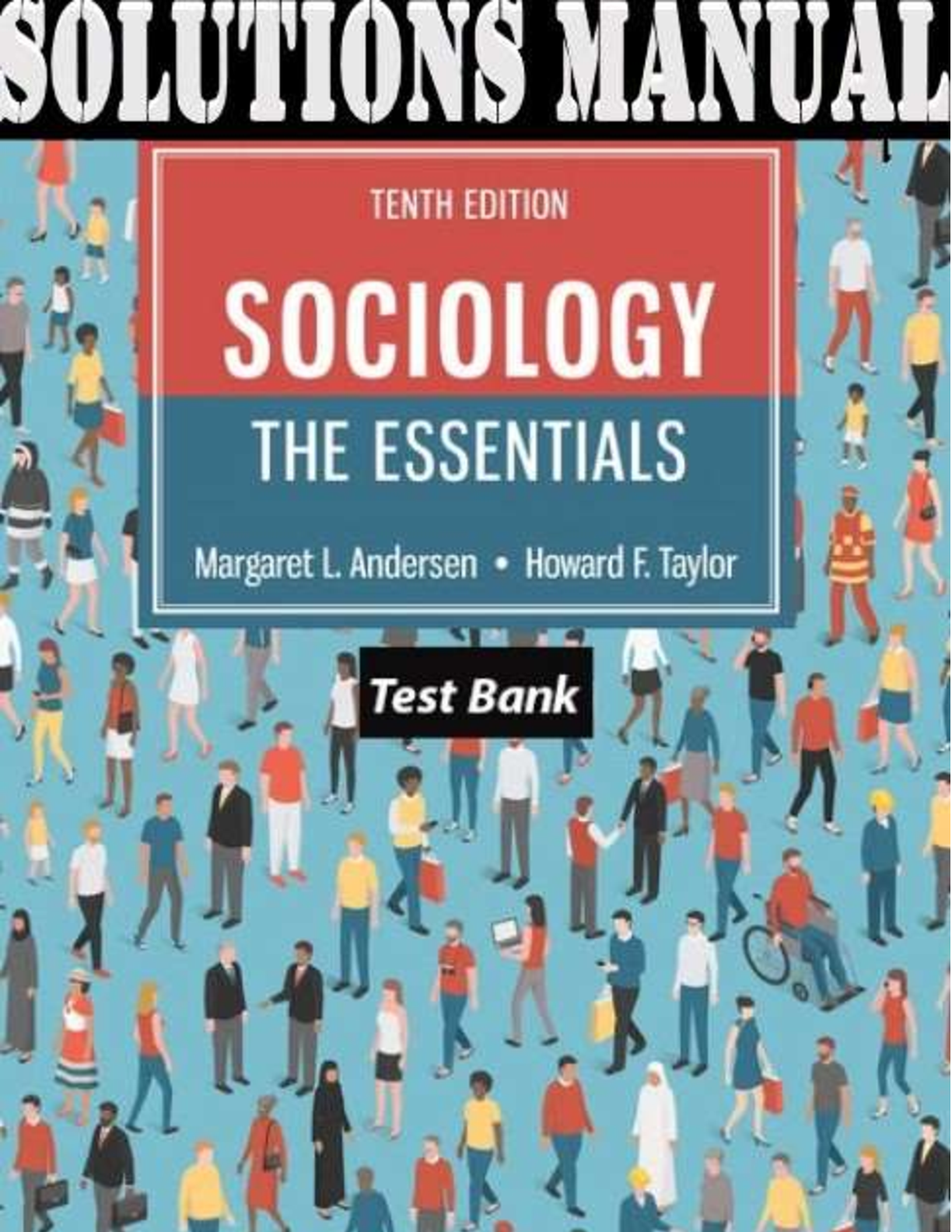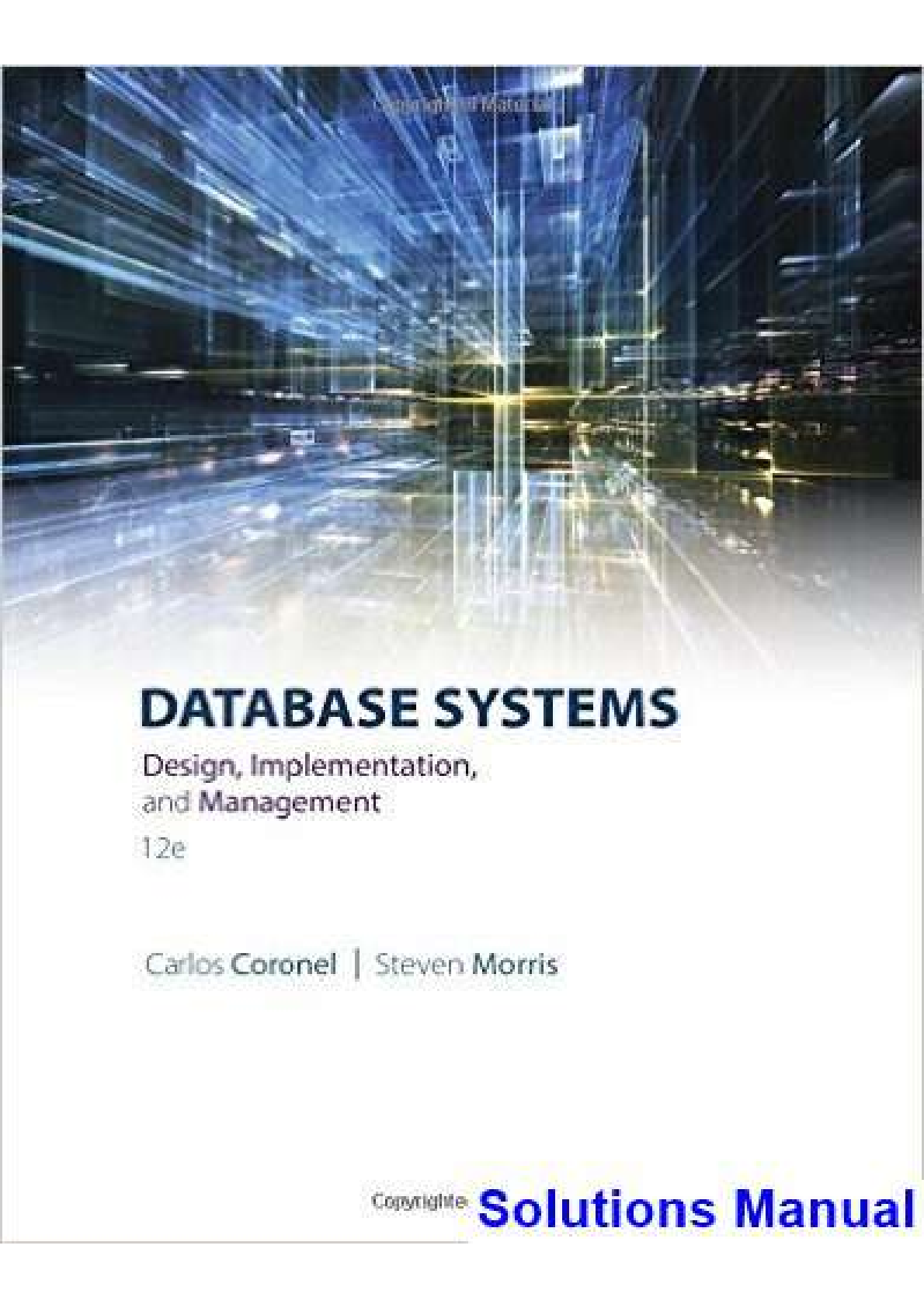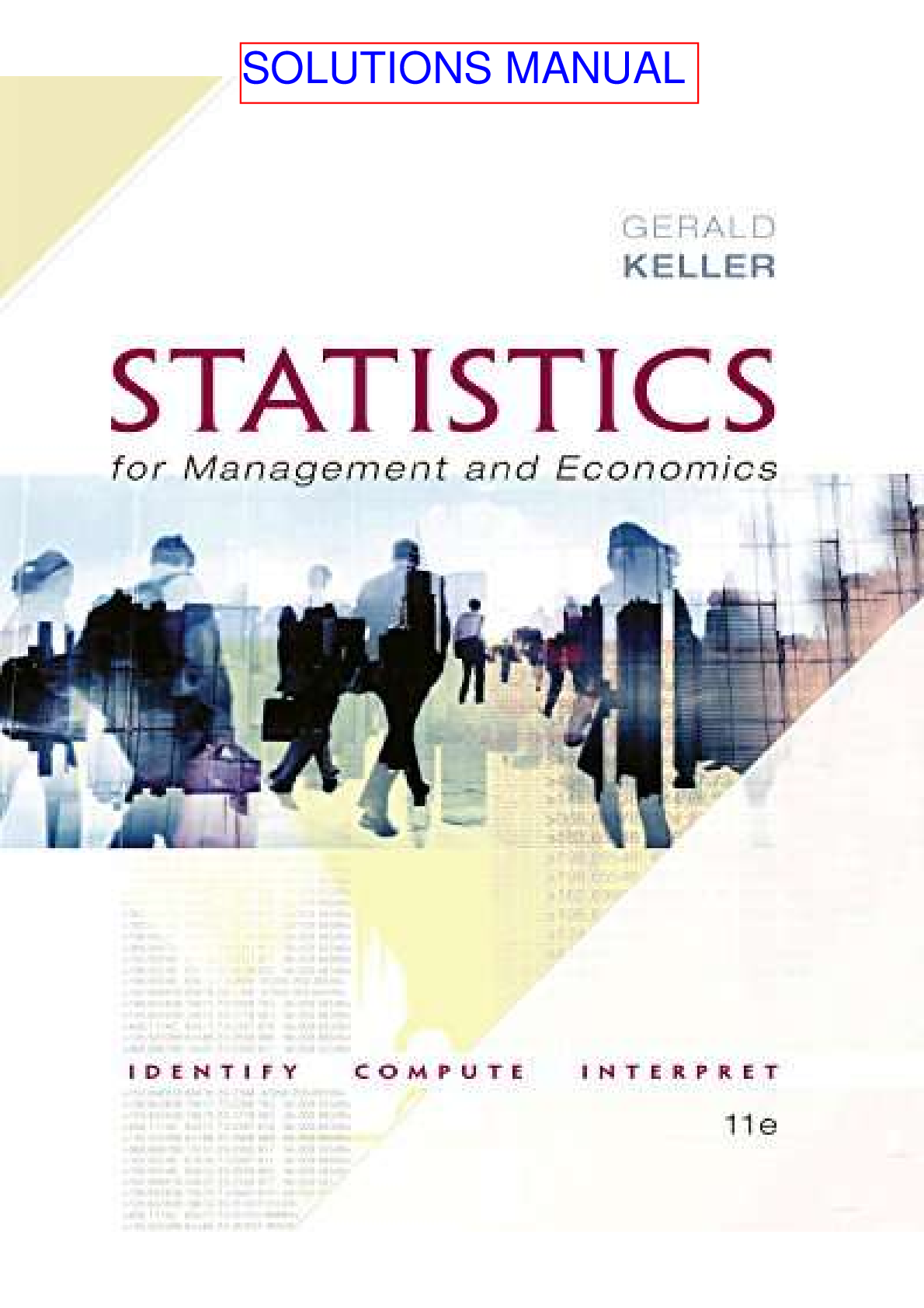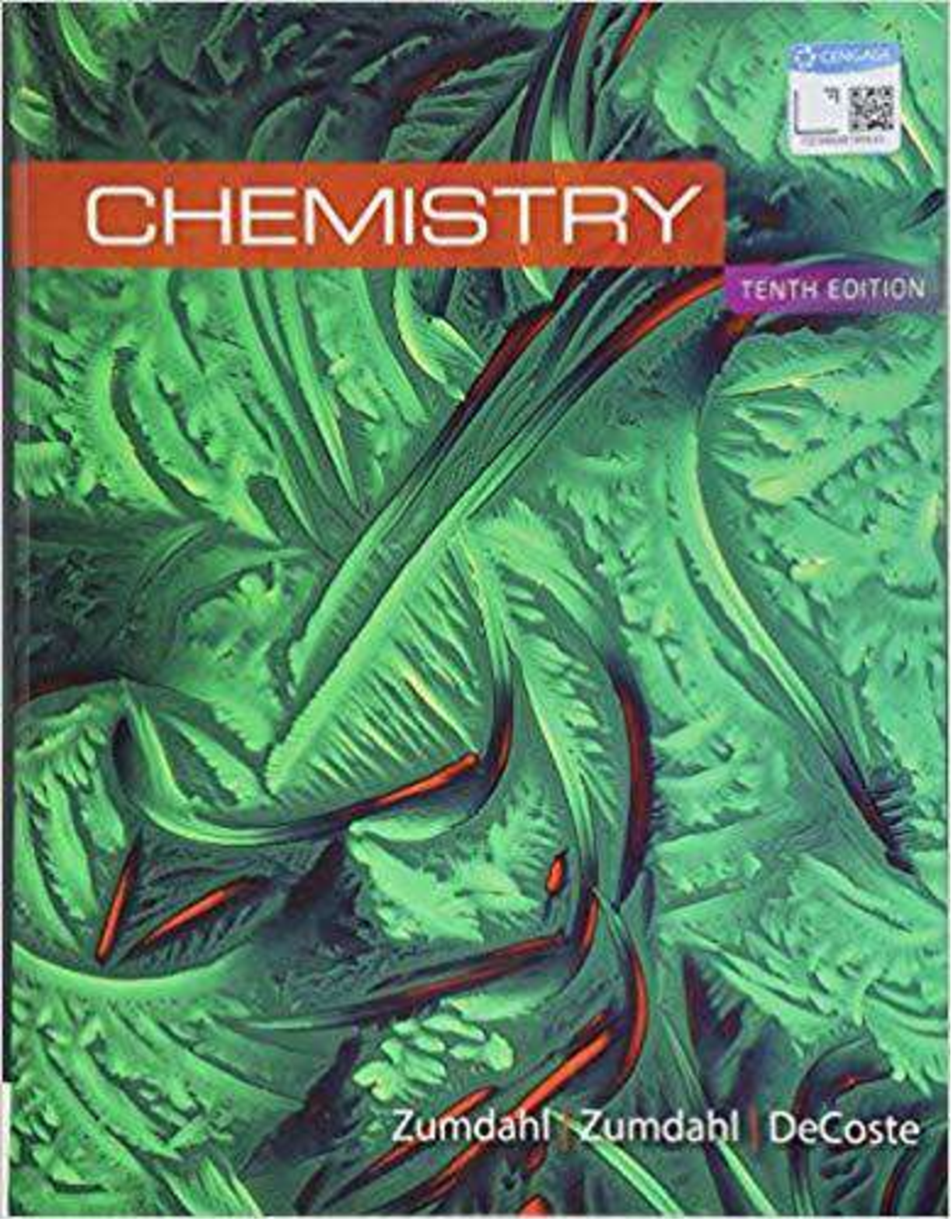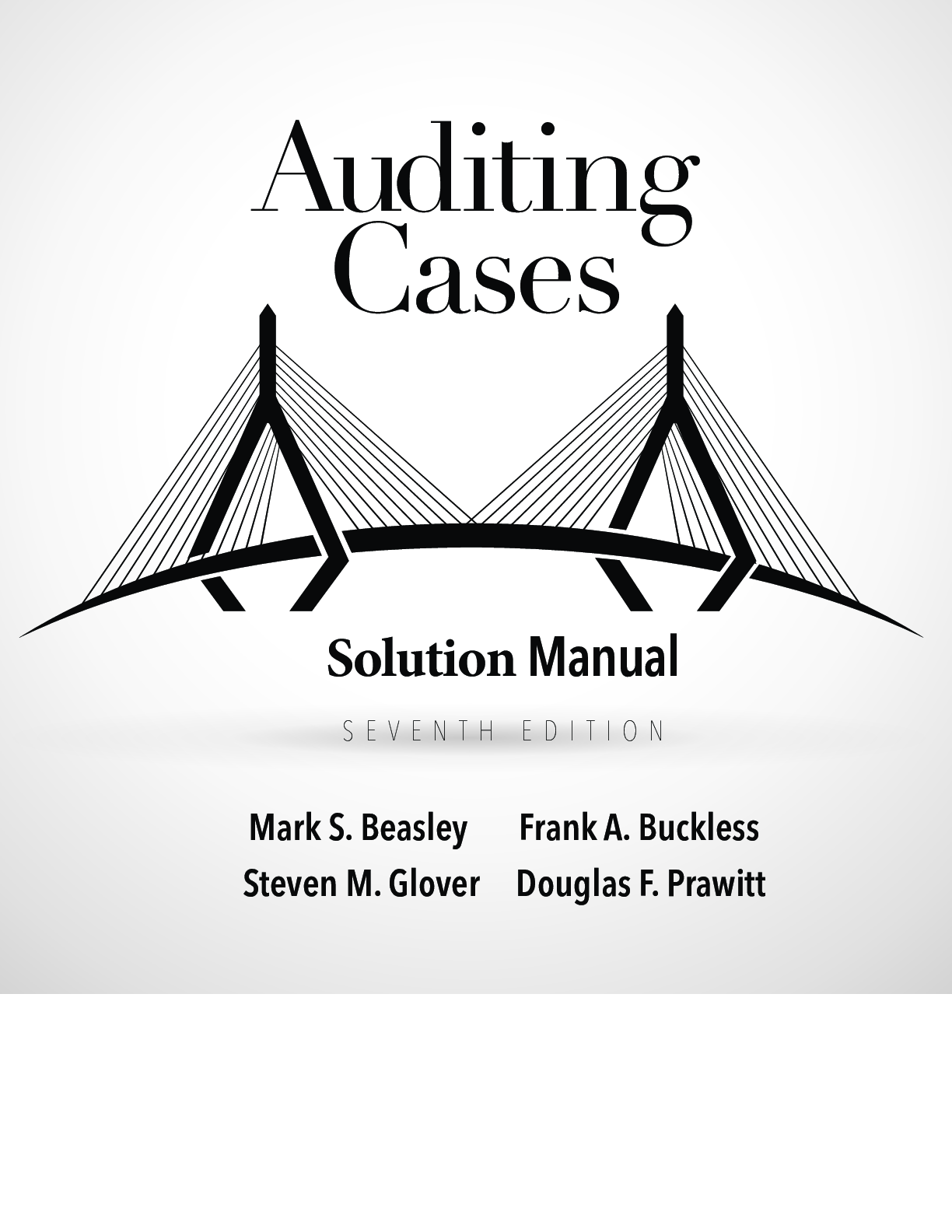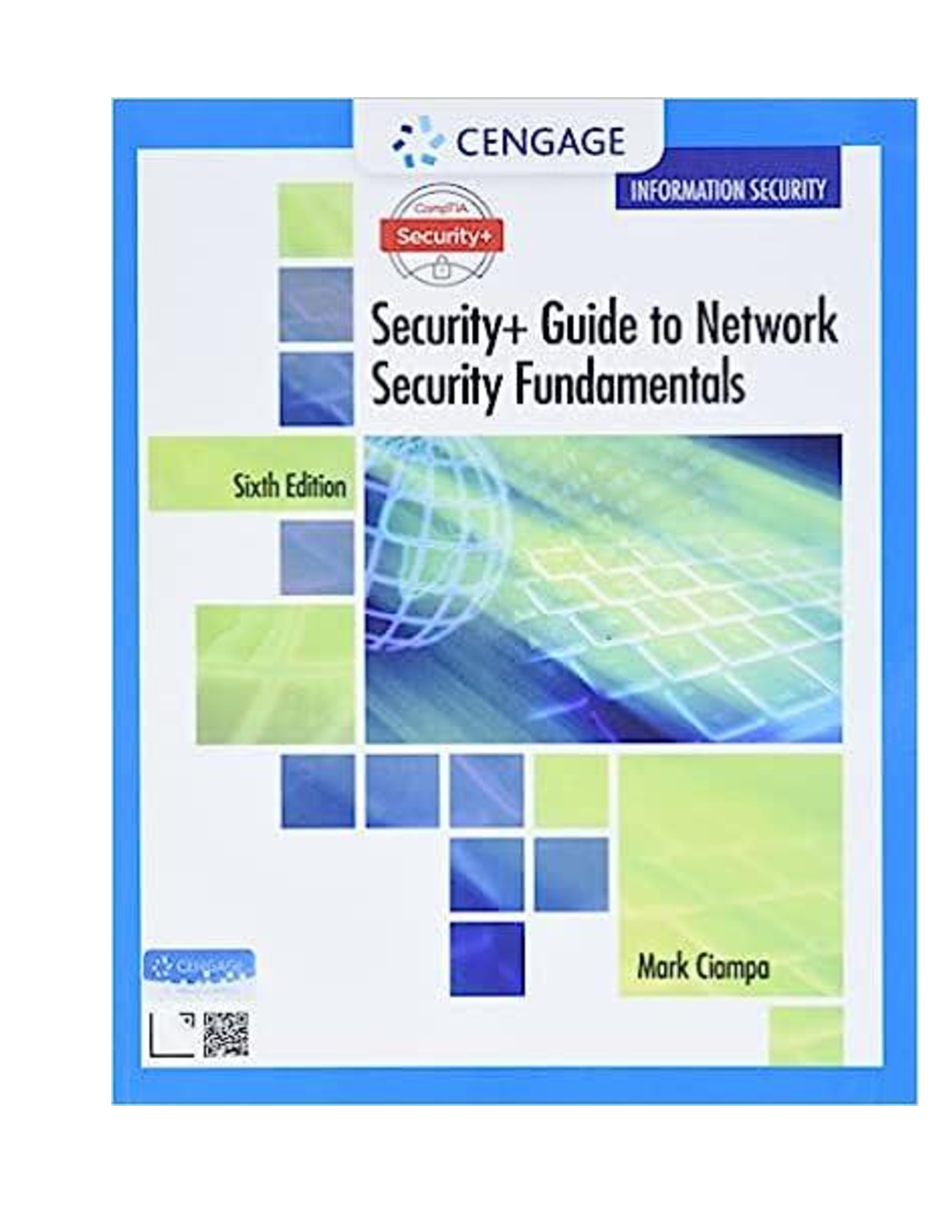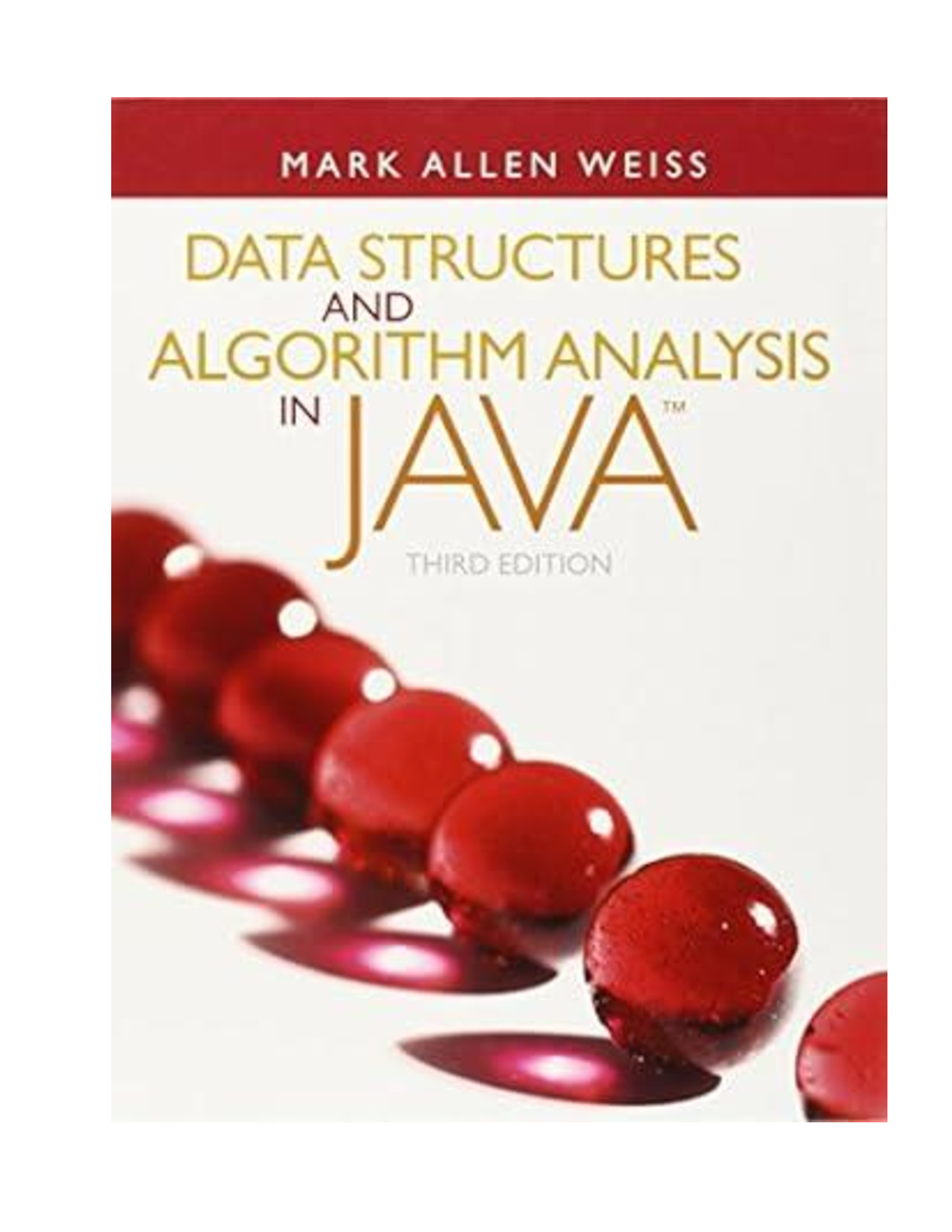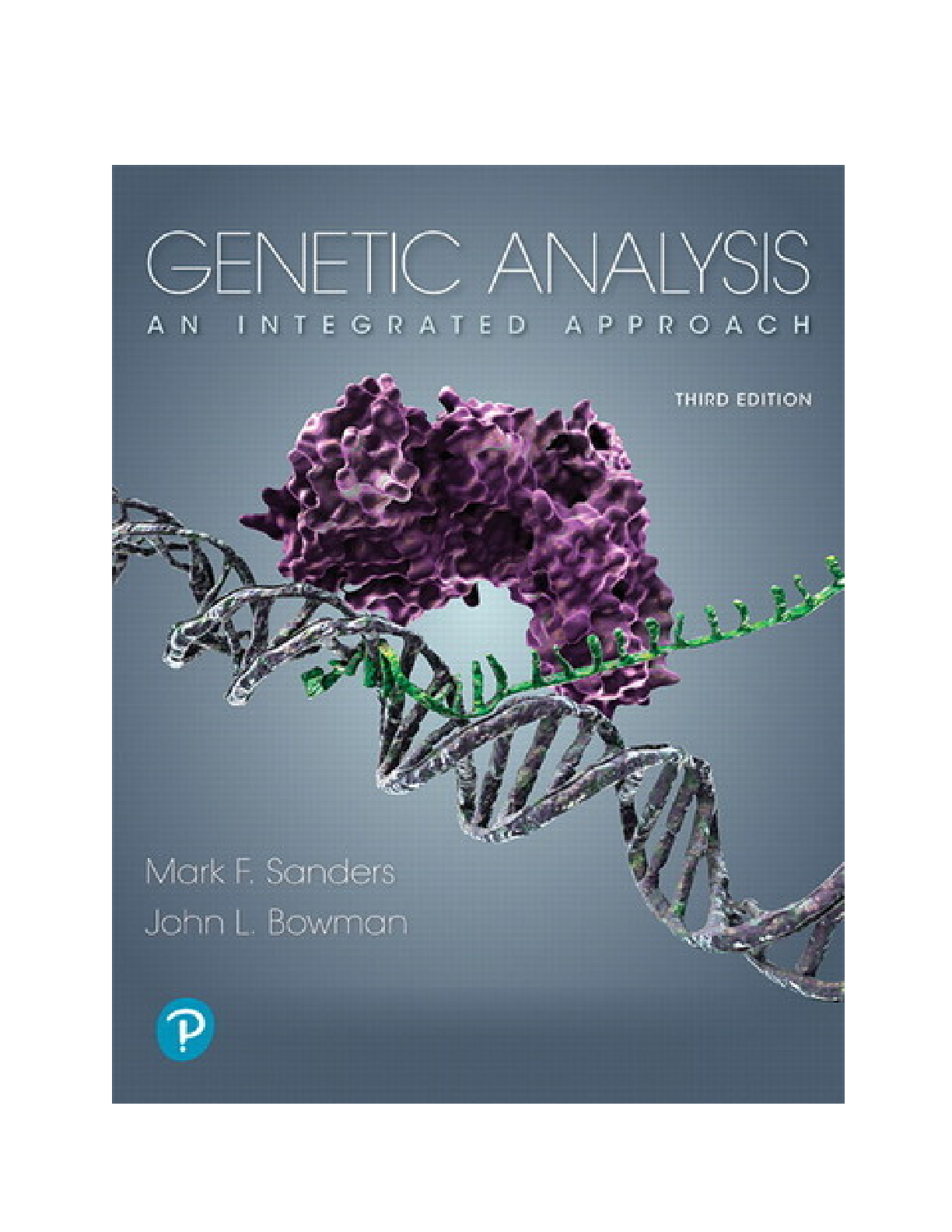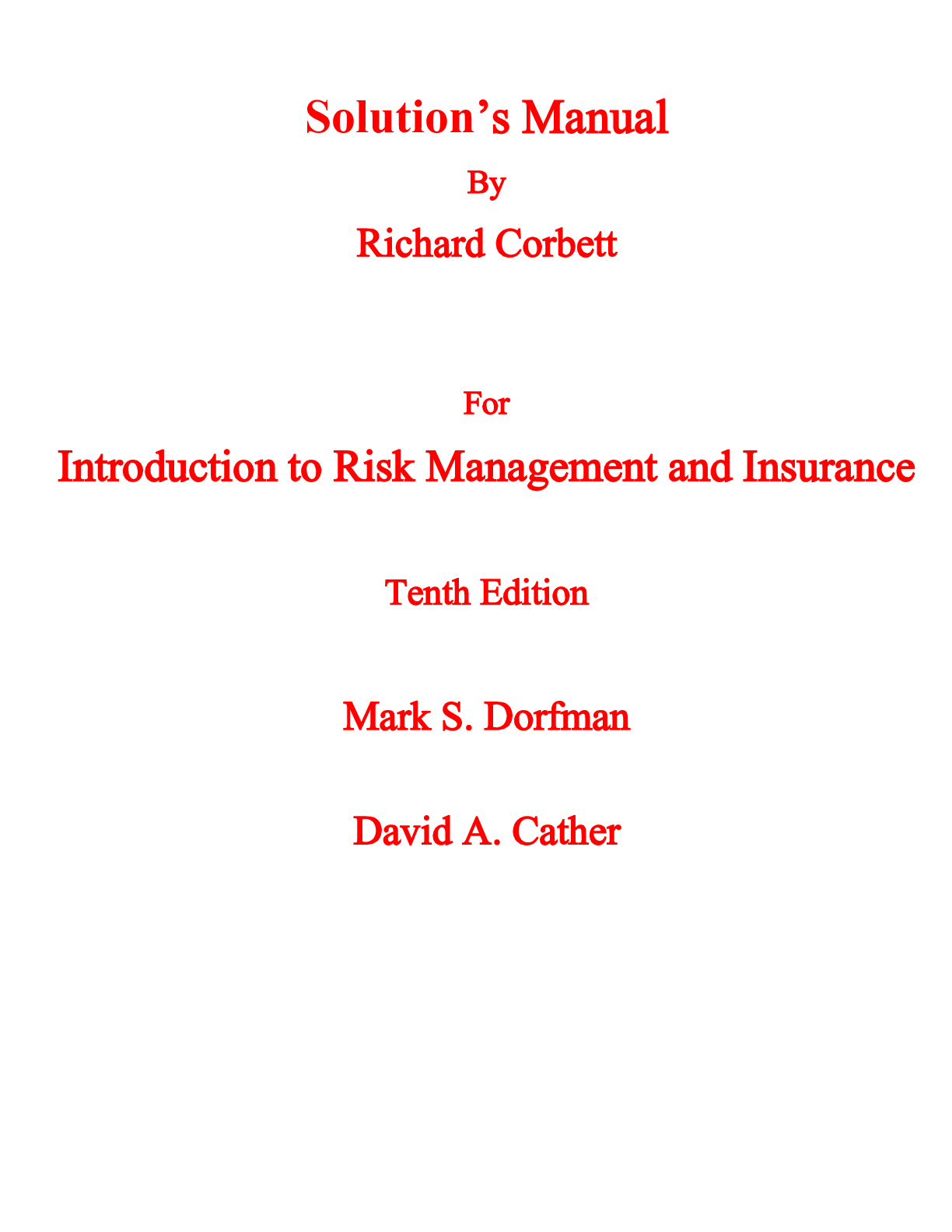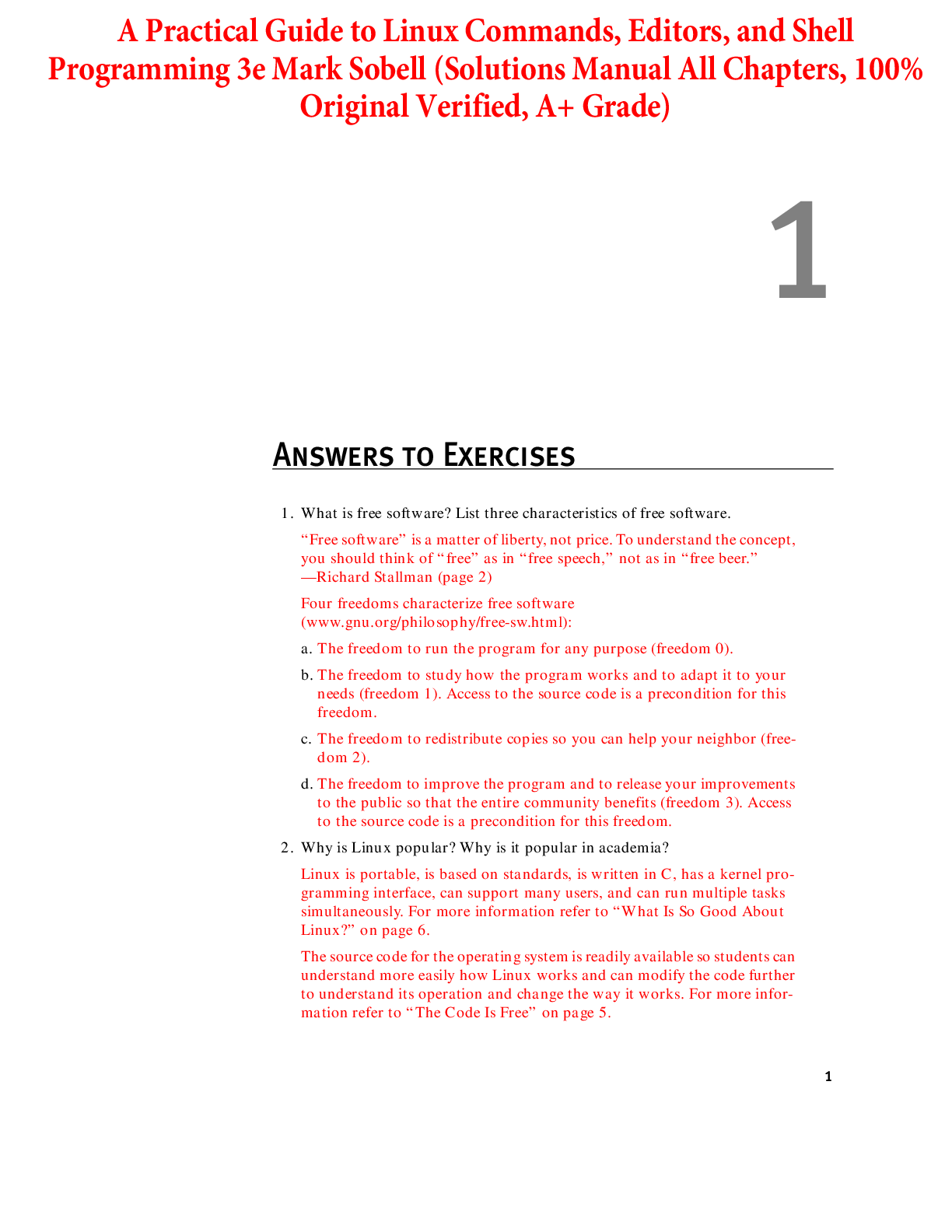Biology > SOLUTIONS MANUAL > SOLUTIONS MANUAL for Game-Theoretical Models in Biology 2nd Edition by Mark Broom and Jan Rychtář (All)
SOLUTIONS MANUAL for Game-Theoretical Models in Biology 2nd Edition by Mark Broom and Jan Rychtář . ISBN 9781003024682. All Chapters 1-22. (Complete Download)
Document Content and Description Below
SOLUTIONS MANUAL for Game-Theoretical Models in Biology 2nd Edition by Mark Broom and Jan Rychtář . ISBN 9781003024682. All Chapters 1-22. (Complete Download) Table of Contents 1. Introduction. 1.... 1. The History of Evolutionary Games. 1.2. The Key Mathematical Developments. 1.3. The Range of Applications. 1.4. Reading this Book. 2. What is a Game? 2.1. Key Game Elements. 2.2. Games in Biological Settings. 2.3. Further Reading. 2.4. Exercises. 3. Two Approaches to Game Analysis. 3.1. The Dynamical Approach. 3.2. The Static Approach — ESS. 3.3. Dynamics Versus Statics. 3.4. Python Code. 3.5 Further Reading. 3.6 Exercises. 4. Some Classical Games. 4.1. The Hawk-Dove Game. 4.2. The Prisoner’s Dilemma. 4.3. The War of Attrition. 4.4. The Sex Ratio Game. 4.5. Python Code. 4.6. Further Reading. 4.7. Exercises. 5. The Underlying Biology. 5.1. Darwin and Natural Selection. 5.2. Genetics. 5.3. Games Involving Genetics. 5.4. Fitness, Strategies and Players. 5.5. Selfish Genes: How can Non-Beneficial Genes Propagate? 5.6. The Role of Simple Mathematical Models. 5.7. Python Code. 5.8. Further Reading. 5.9. Exercises. 6. Matrix Games. 6.1 Properties of ESSs. 6.2. ESSs in a 2 × 2 Matrix Game. 6.3. Haigh’s Procedure to Locate all ESSs. 6.4. ESSs in a 3 × 3 Matrix Game. 6.5. Patterns of ESSs 6.6. Extensions to the Hawk-Dove Game. 6.7. Python Code. 6.8. Further Reading. 6.9. Exercises. 7. Nonlinear Games. 7.1 Overview and General Theory. 7.2. Linearity in the Focal Player Strategy and Playing the Field. 7.3. Nonlinearity Due to Non-Constant Interaction Rates. 7.4. Nonlinearity due to Games with Time Constraints. 7.5. Nonlinearity in the Strategy of the Focal Player. 7.6. Linear Versus Nonlinear Theory. 7.7. Python Code. 7.8. Further Reading. 7.9. Exercises. 8. Asymmetric Games. 8.1. Selten’s Theorem for Games with Two Roles. 8.2. Bimatrix Games. 8.3. Uncorrelated Asymmetry—The Owner-Intruder Game. 8.4. Correlated Asymmetry. 8.7. Python Code. 8.8. Further Reading. 8.9. Exercises. 9. Multi-player Games. 9.1. Multi-player Matrix Games. 9.2. The multi-player War of Attrition. 9.3 Structures of Dependent Pairwise Games. 9.7. Python Code. 9.8. Further Reading. 9.9. Exercises. 10. Extensive Form Games and other Concepts in Game Theory. 10.1. Games in Extensive Form. 10.2. Perfect, imperfect and incomplete information. 10.3. Repeated games. 10.4. Python Code. 10.5. Further Reading. 10.6. Exercises. 11. State-based Games. 11.1. State-based Games. 11.2. A Question of Size. 11.3. Life History Theory. 11.7. Python Code. 11.8. Further Reading. 11.9. Exercises. 12. Games in Finite Populations and on Graphs. 12.1. Finite Populations and Stochastic Games. 12.2. Games in Finite Populations. 12.3. Evolution on Graphs. 12.4 Games on Graphs. 12.7. Python Code. 12.8. Further Reading. 12.9. Exercises. 13. Evolution in Structured Populations. 13.1. Spatial Games and Cellular Automata. 13.2. Theoretical Developments for Modelling General Structures. 13.3. Evolution in Structured Populations with Multi-Player Interactions. 13.4. More Multi-Player Games. 13.5. Evolving Population Structures. 13.7. Python Code. 13.8. Further Reading. 13.9. Exercises. 14. Adaptive Dynamics. 14.1. Introduction and Philosophy. 14.2. Fitness Functions and the Fitness Landscape. 14.3. Pairwise Invasibility and Evolutionarily Singular Strategies. 14.4. Adaptive Dynamics with Multiple Traits. 14.5. The Assumptions of Adaptive Dynamics. 14.6. Python Code. 14.7. Further Reading. 14.8. Exercises. 15. The Evolution of Cooperation. 15.1. Kin Selection and Inclusive Fitness. 15.2. Greenbeard Genes. 15.3. Direct Reciprocity: Developments of the Prisoner’s Dilemma. 15.4. Public Goods Games. 15.5. Indirect Reciprocity and Reputation Dynamics. 15.6. The Evolution of Cooperation on Graphs. 15.7. Multi-level Selection. 15.8. Python Code. 15.9. Further Reading. 15.10. Exercises. 16. Group Living. 16.1. The Costs and Benefits of Group Living. 16.2. Dominance Hierarchies: Formation and Maintenance. 16.3. The Enemy without: Responses to Predators. 16.4. The Enemy Within: Infanticide and Other anti-social Behaviour. 16.5. Python Code. 16.6. Further Reading. 16.7. Exercises. 17. Mating Games. 17.1. Introduction and Overview. 17.2. Direct Conflict. 17.3. Indirect Conflict and Sperm Competition. 17.4. The Battle of the Sexes. 17.5. Python Code. 17.6. Further Reading. 17.7. Exercises. 18. Signalling Games. 18.1. The Theory of Signalling Games. 18.2. Selecting Mates: Signalling and the Handicap Principle. 18.3. Alternative Models of Costly Honest Signalling. 18.4. Signalling without Cost. 18.5. Pollinator Signalling Games. 18.6. Python Code. 18.7. Further Reading. 18.8. Exercises. 19. Food Competition. 19.1. Introduction. 19.2. Ideal Free Distribution for a Single Species. 19.3. Ideal Free Distribution for Multiple Species. 19.4. Distributions at and Deviations from the Ideal Free Distribution. 19.5. Compartmental Models of kleptoparasitism. 19.6. Compartmental Models of Interference. 19.7. Producer-scrounger Models. 19.8. Python Code. 19.9. Further Reading. 19.10. Exercises. 20. Predator-prey and host-Parasite Interactions. 20.1. Game-theoretical Predator-prey Models. 20.2. The Evolution of Defence and Signalling. 20.3. Brood Parasitism. 20.4. Parasitic Wasps and the Asymmetric war of Attrition. 20.5. Complex Parasite Lifecycles. 20.6. Search Games Involving Predators and Prey. 20.7. Python Code. 20.8. Further Reading. 20.9. Exercises. 21. Epidemic models. 21.1. SIS and SIR models. 21.2. The Evolution of virulence. 21.3. Viruses and the Prisoner’s Dilemma. 21.4. Vaccination models. 21.5. Python Code. 21.6. Further Reading. 21.7. Exercises. 22. Evolutionary Cancer Modelling. 22.1. Modelling Tumour Growth – an Ecological Approach to Cancer. 22.2. A Spatial Model of Cancer Evolution. 22.3. Cancer therapy as a game-theoretic Scenario. 22.4. Adaptive Therapies. 22.5. Python Code. 22.6. Further Reading. 22.7. Exercises. 23. Conclusions. 23.1. Types of Evolutionary Games used in Biology. 23.2. What Makes a Good Mathematical Model? 23.3. Future Developments. A. Python. [Show More]
Last updated: 11 months ago
Preview 1 out of 61 pages

Reviews( 0 )
Document information
Connected school, study & course
About the document
Uploaded On
Feb 02, 2023
Number of pages
61
Written in
Additional information
This document has been written for:
Uploaded
Feb 02, 2023
Downloads
0
Views
158


